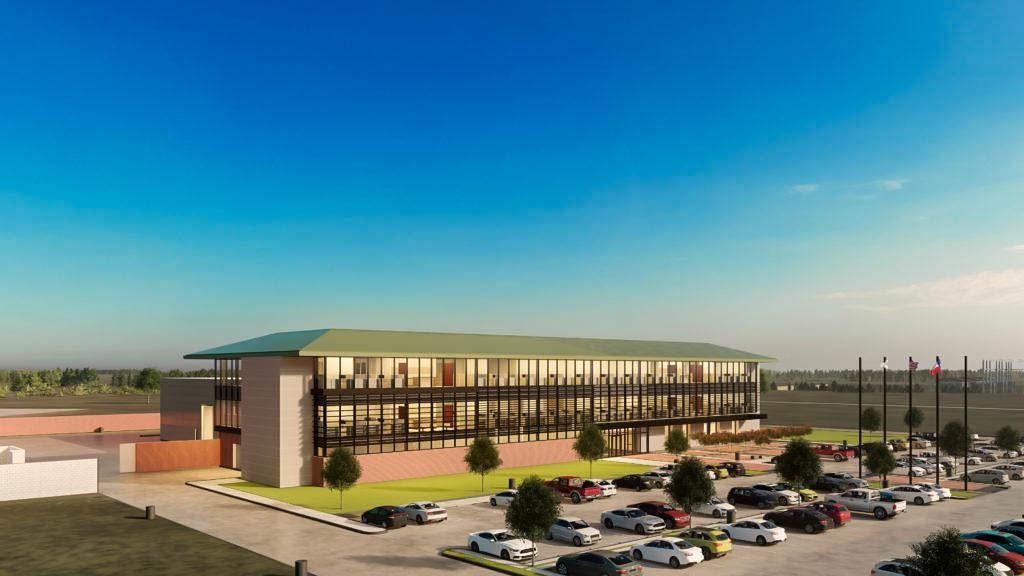The Texas A&M Engineering and Experimentation Station recently transitioned from its previous U.S. Army contract with the Bush Combat Development Complex, or BCDC, to support research and innovation across several areas.
The initial cooperative agreement with Army Future Command for $65 million over five years was signed in October of 2019, and within two years, the first facility, the Research and Integration Center, or RIC, was built, Patrick Seiber, public relations director of the BCDC, said.
“When you’re dealing with the federal government, that’s like lightspeed,” Seiber said. “It’s a pretty significant thing; we’re glad to be out here.”
The transition to the new contract allows for subcontracts with the Army while putting a ceiling of $96.2 million on the arrangement, something which couldn’t be done under the former agreement, Seiber said.
“Let’s say the Air Force is interested in some of the work that we’re doing, and it goes to something that they need,” Seiber said. “Instead of having to do a whole other proposal or contract, they can work with us, work with the Army, and then that work can be put underneath this contract.”
There’s an urgent national security need for applied hypersonics research and development, an effort in which the BCDC is at the forefront. This is due to national asset facilities and expertise from A&M faculty, Nathan Tichenor, director of hypersonic facilities at the BCDC, said.
“The strategic partnership with Army Futures Command enables the BCDC and Texas A&M resources to be applied to real-world technical challenges that will advance the nation’s security and enable better solutions to protect our warfighters,” Tichenor said.
Within the BCDC, two facilities — the Innovation Proving Ground and the Ballistic, Aero-Optic and Materials, or BAM, hypersonic test range, which will have research and tools funded by this contract — will be built in addition to the RIC, Brian McHugh, director of testing at the BCDC, said.
“In the nation, there is not a facility that is as large as the BAM will be; it’s going to start out at 500 meters and expand to 1,000 meters,” McHugh said. “If you were going to talk about a crown jewel for the BCDC, the BAM, is definitely it — it’s critical for national security.”
The innovation proving ground will serve as a place for accelerating initial research and development to sooner bring new technologies to soldier’s hands, McHugh said
“What we need … [is to] show the flexibility to get testing done faster,” McHugh said. “[The intent is] not to compete with the military or the government, but actually complement it and fill those gaps so that we can focus on certain areas for them.”










